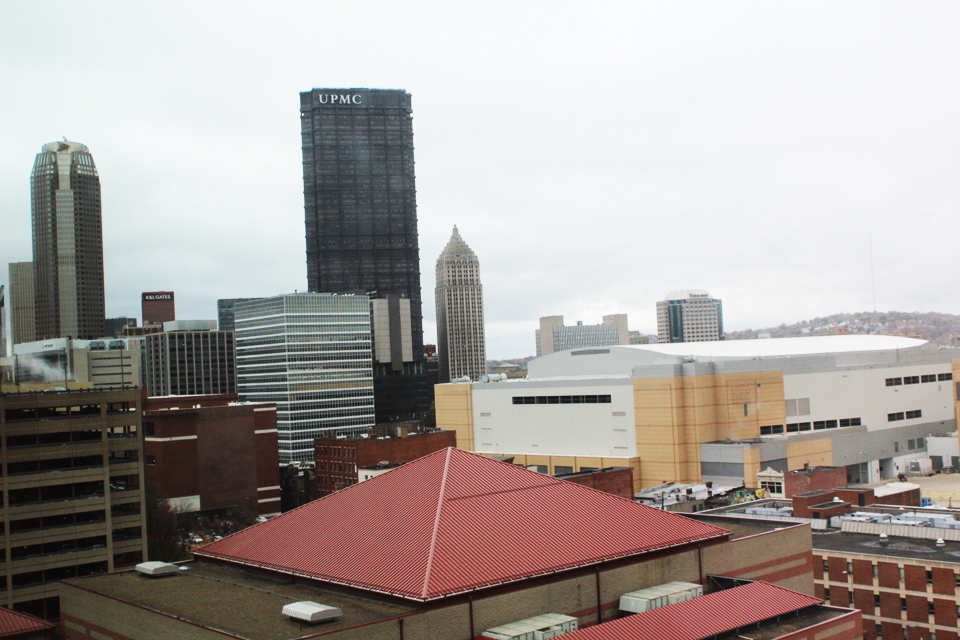
By Rebekah Devorak | Opinions Editor
In 2017, it may seem like everyone goes to college these days. But unfortunately, private higher education – especially at the best schools in the nation – is still a luxury that only a few lucky families can afford.
The New York Times compiled information from a 2017 study by The Equality of Opportunity Project which showed that many universities around the United States have more students in attendance from families belonging to the top one percent than students from families belonging to the bottom 60 percent.
The top 10 list included schools such as Washington University in St. Louis, which ranked No. 1 with 21.7 percent of students hailing from families with a yearly household income of more than $630,000 and 6.1 percent of students from families with a yearly household income of less than $65,000. Tufts University was No. 10 on the list, with 18.6 percent of those in attendance from the top income bracket of society and 11.8 percent from the bottom.
Surprisingly, none of the iconic Ivy League schools cracked the top 10. The closest was Dartmouth, which fell into No. 16 with 20.7 percent of students from the top one percent and 14.4 percent from the bottom 60 percent. In comparison, Duquesne University ranked No. 281, with 2.5 percent and 21 percent, respectively. The only university in Pittsburgh to rank higher was Carnegie Mellon University, at No. 119.
What do all of these percentages mean? Basically, it’s pretty much what we all already knew: Money can get you into just about anywhere.
According to the New York Times, approximately “one in four of the richest students attend an elite college” while “less than one half of one percent of children from the bottom fifth of American families attend an elite college; less than half attend any college at all.”
Let that sink in for a second.
That is an incredibly problematic and frightening statement to read, especially when you consider that those who attend Ivy League – and more elite schools in general – have a higher income than those who do not. A 2015 study by the U.S. Department of Education showed that those with a degree from an Ivy League school made an average of nearly $80,000 a year, 10 years post-graduation. Those who attended regular schools made an average of around $35,000 a year.
That’s quite the difference, and those figures are only for average students. The top 10 percent of graduates from Ivy League schools rake in over $200,000 per year, while the top 10 percent of graduates from every other school can expect an income of around $70,000 per year.
It’s obvious that it is difficult for young people belonging to America’s lower income brackets to be accepted into – and then be able to afford – some of the best colleges in this nation. Student debt is crippling in the United States, and students are having a more difficult time paying back loans than ever. Not everyone has families who are able to help shoulder the burden of tuition, especially if there’s no financial aid to assist.
Not to mention, the difficulties start long before it’s time to submit applications for higher education. Children who belong to families within lower income brackets usually have less access to schools with a wealth of resources. A 2011 study by the U.S. Department of Education states that 40 percent of low-income schools do not receive a fair share of local and state funds.
Given information like that, it’s no wonder that more kids from the top one percent attend more exclusive schools than the bottom 60 percent. They never really had a chance to begin with.
That’s incredibly disheartening to know, as everyone should be able to have a shot at attending any college in this country, regardless of their family’s income bracket. State governments should work harder and provide more funding to schools so that these students that currently lack the resources they need to achieve greatness can have the chance to do so.
Everyone has the right to be educated at the best schools, and money should never change that.




